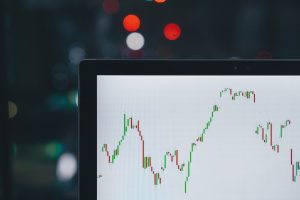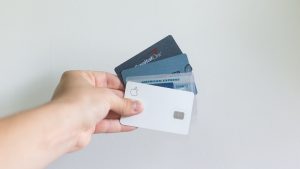Forex day trading refers to the practice of buying and selling currencies within the same trading day. This can be a lucrative method of trading for those who are willing to take on the risks involved. However, it is important to have a deep understanding of the market and a solid trading strategy. In this article, we will discuss the basics of how to do forex day trading.
1. Understand the forex market
The first step to successful forex day trading is understanding the market. Forex, short for foreign exchange, is the largest financial market in the world, with a daily turnover of over $5 trillion. It involves the buying and selling of currencies, with traders speculating on the direction of exchange rates.
The forex market operates 24 hours a day, five days a week, and is divided into four major trading sessions: the Sydney session, the Tokyo session, the London session, and the New York session. Each session has its own characteristics and trading opportunities.
2. Develop a trading strategy
Once you have a good understanding of the forex market, the next step is to develop a trading strategy. This involves identifying your trading goals, risk tolerance, and preferred trading style. There are many different trading strategies to choose from, such as scalping, swing trading, and position trading.
Scalping involves making multiple trades in a short period of time, usually within minutes or seconds. This strategy requires quick decision making and a high level of discipline. Swing trading involves holding positions for several days or weeks, while position trading involves holding positions for several months or even years.
3. Choose a broker
To start trading forex, you will need to choose a broker. Look for a broker that is regulated by a reputable financial authority, such as the Financial Conduct Authority (FCA) in the UK or the National Futures Association (NFA) in the US. You should also consider the broker’s trading platform, fees, and customer service.
4. Open a trading account
Once you have chosen a broker, you can open a trading account. This involves providing your personal information and funding your account. Most brokers offer a variety of account types, such as standard, mini, and micro accounts. Choose an account type that suits your trading strategy and risk tolerance.
5. Place your trades
With your trading account funded, you can start placing trades. Forex day traders typically use technical analysis to identify trading opportunities. This involves analyzing price charts and using technical indicators to identify trends and patterns.
Some popular technical indicators include moving averages, relative strength index (RSI), and stochastic oscillator. You can also use fundamental analysis to make trading decisions, which involves analyzing economic and political factors that may affect currency prices.
6. Manage your risk
Forex day trading involves a high degree of risk, and it is important to manage your risk carefully. This involves setting stop-loss orders to limit your losses if a trade goes against you. You should also use proper position sizing to ensure that you are not risking more than you can afford to lose.
7. Keep a trading journal
Finally, it is important to keep a trading journal to track your progress and identify areas for improvement. This should include details of your trades, such as entry and exit points, stop-loss orders, and profit or loss. You can use this information to analyze your trading performance and make adjustments to your strategy as needed.
In conclusion, forex day trading can be a lucrative method of trading for those who are willing to take on the risks involved. To be successful, it is important to have a deep understanding of the market, a solid trading strategy, and a disciplined approach to risk management. By following these steps, you can start on the path to becoming a successful forex day trader.






